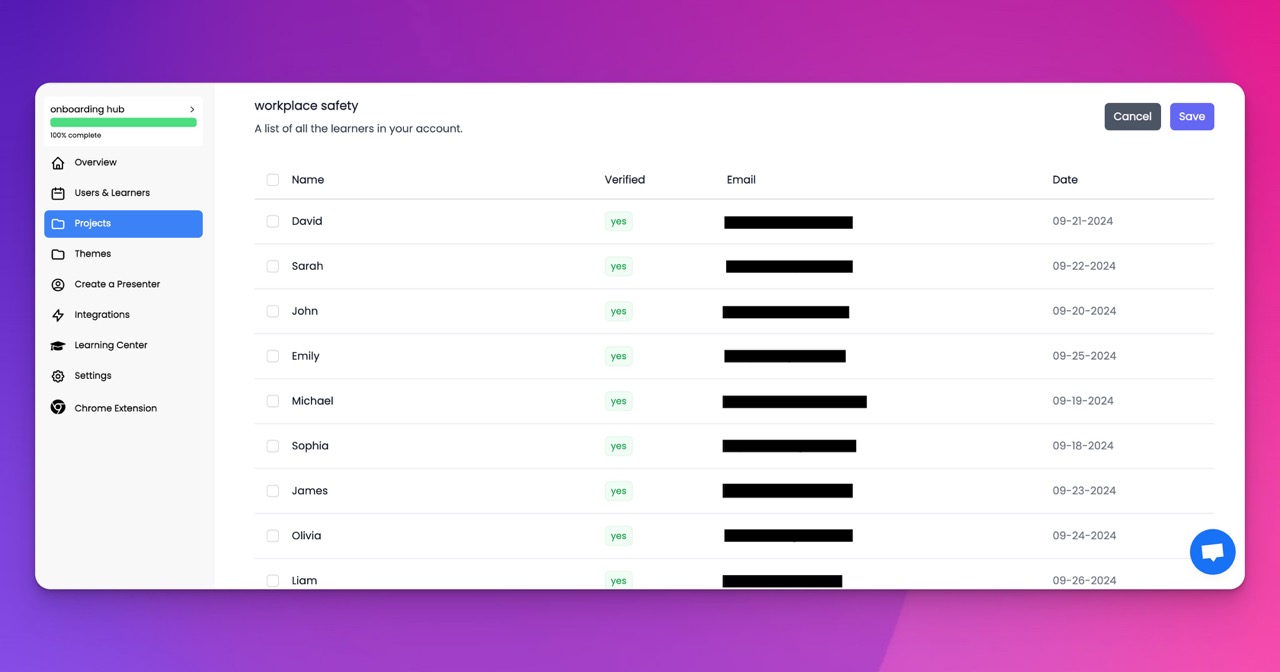🎉 Trainday now integrates with Zendesk and Hubspot 🎉 Trainday now integrates with Zendesk and Hubspot 🎉 Trainday now integrates with Zendesk and Hubspot
🎉 Trainday now integrates with Zendesk and Hubspot
🎉 Trainday now integrates with Zendesk and Hubspot
Contact
Ophthalmology Clinic
The Evolution of Animation Techniques in Ophthalmology Clinic Explainer Videos
The Evolution of Animation Techniques in Ophthalmology Clinic Explainer Videos
Animation has become an essential tool in the field of ophthalmology to educate patients about various eye conditions, surgical procedures, and treatments. Over the years, animation techniques in ophthalmology clinic explainer videos have evolved significantly, offering improved visual representation and enhanced educational experiences. In this blog post, we will explore the evolution of animation techniques in ophthalmology and discuss how these advancements have revolutionized patient education.
1. Traditional Animation Techniques:
Traditionally, ophthalmology clinic explainer videos relied on hand-drawn illustrations and simple animations to demonstrate eye anatomy and common eye conditions. These videos were static and lacked the ability to effectively engage viewers. While these techniques served their purpose, they often fell short in providing a comprehensive understanding of complex eye diseases and treatments.
2. Introduction of 3D Animation:
With the advent of 3D animation, ophthalmology clinic explainer videos took a significant leap forward. The introduction of three-dimensional visuals allowed for a more realistic representation of eye structures and diseases. Patients could now visualize intricate details of their eye condition, enabling them to better grasp the diagnosis and treatment options. 3D animations also improved the ability to demonstrate surgical procedures and the effects of various treatments on the eye.
3. Interactive Animations:
Recent advancements in animation techniques have made it possible to create interactive ophthalmology clinic explainer videos. These videos allow patients to actively engage with the content, providing a personalized learning experience. Users can interact with the animations, manipulating eye structures or exploring different treatment options. This level of interactivity not only improves patient education but also empowers individuals to make more informed decisions about their eye health.
4. Virtual Reality (VR) and Augmented Reality (AR):
The integration of virtual reality and augmented reality into ophthalmology clinic explainer videos has opened up new possibilities for patient education. VR and AR technologies provide immersive experiences, allowing patients to step into a virtual environment and explore eye conditions or surgical procedures in real-time. This technology has proven particularly effective in reducing patient anxiety before surgeries and enhancing their understanding of complex eye conditions.
5. Integration of AI and Machine Learning:
Artificial intelligence (AI) and machine learning have further revolutionized animation techniques in ophthalmology clinic explainer videos. These technologies enable the creation of personalized educational content based on individual patient data. AI algorithms can analyze patient-specific information, such as medical history and test results, to generate customized animations that address specific concerns or conditions. This personalized approach enhances patient engagement and improves the effectiveness of the educational material.
Conclusion:
Animation techniques in ophthalmology clinic explainer videos have come a long way, from basic hand-drawn illustrations to immersive virtual reality experiences. The evolution of these techniques has significantly improved patient education, allowing individuals to better understand their eye conditions, treatment options, and surgical procedures. As animation continues to advance, we can expect even more innovative and interactive ways to educate patients and empower them to take control of their eye health.
Accelerate Compliance.
Deliver OSHA-Ready Courses Instantly.
Empower your team with data-driven training solutions tailored to your industry's safety standards. Stay compliant, reduce risks, and boost productivity with AI-powered course creation.
